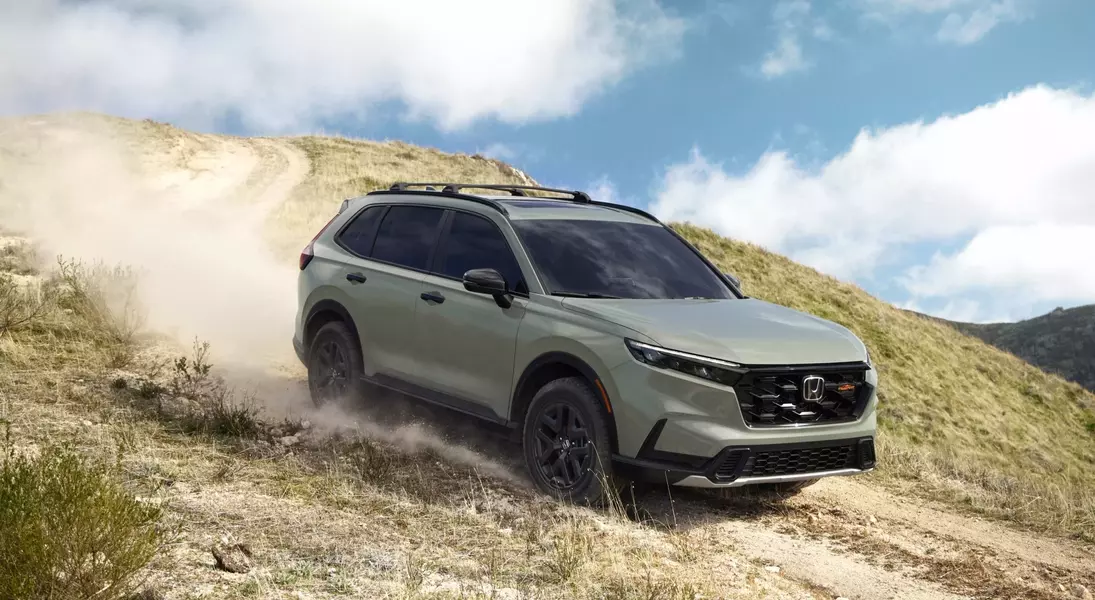
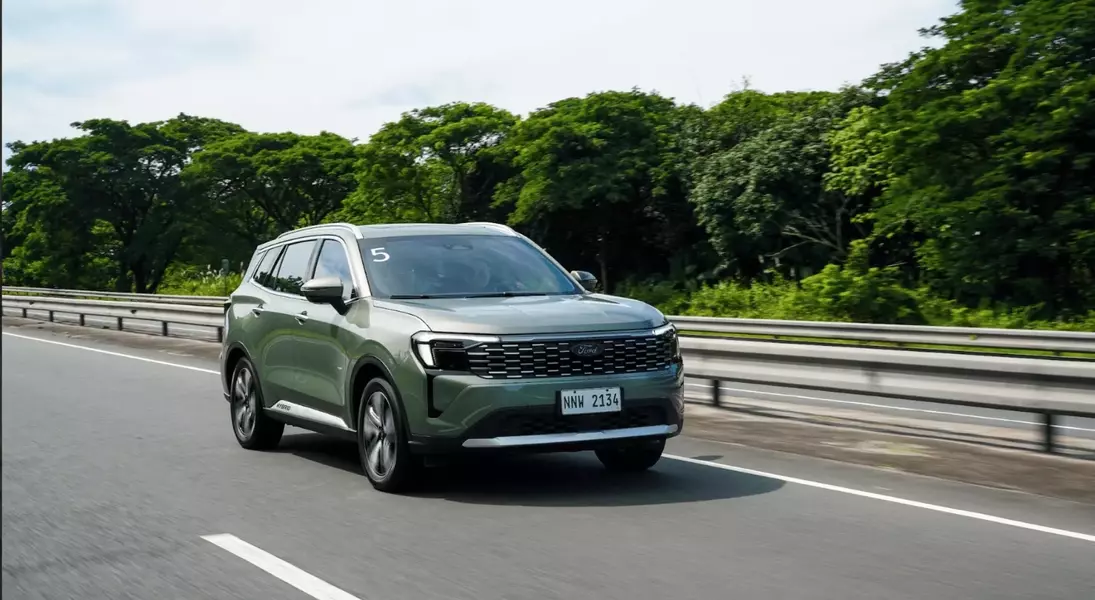
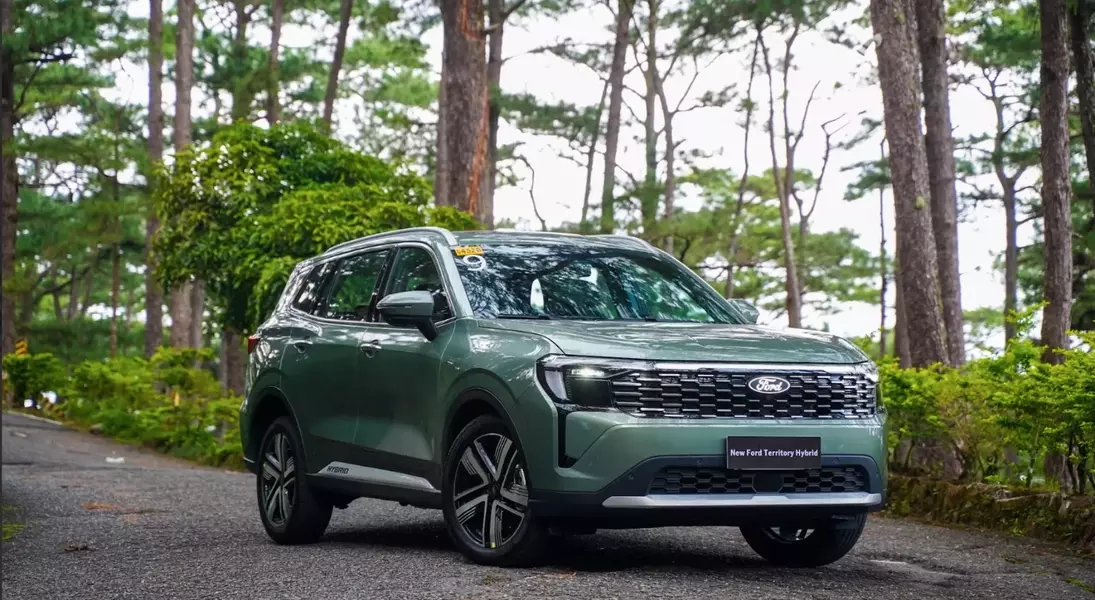
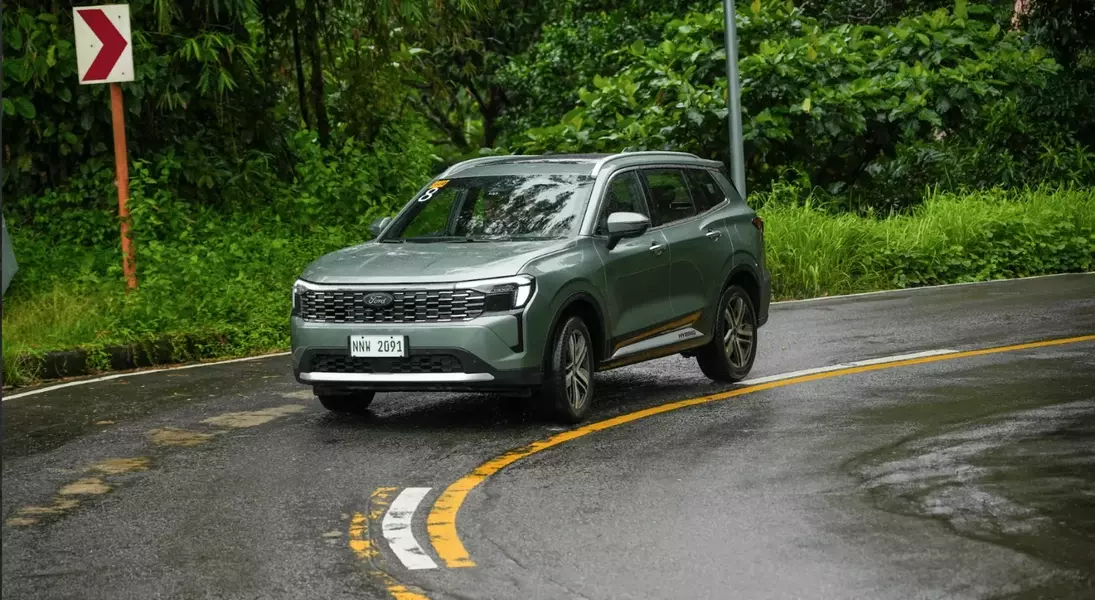

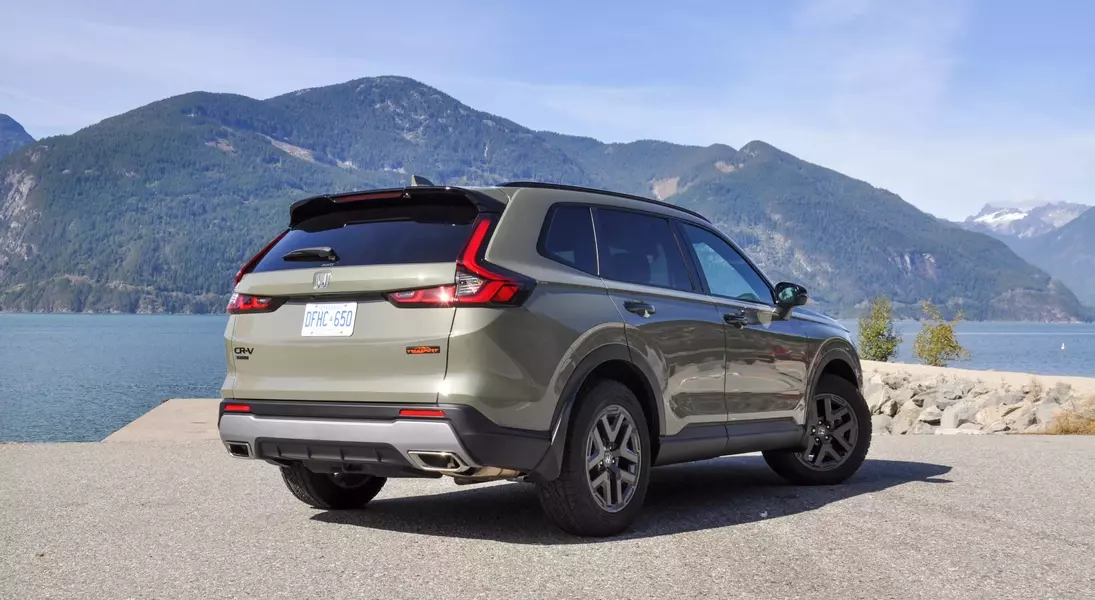
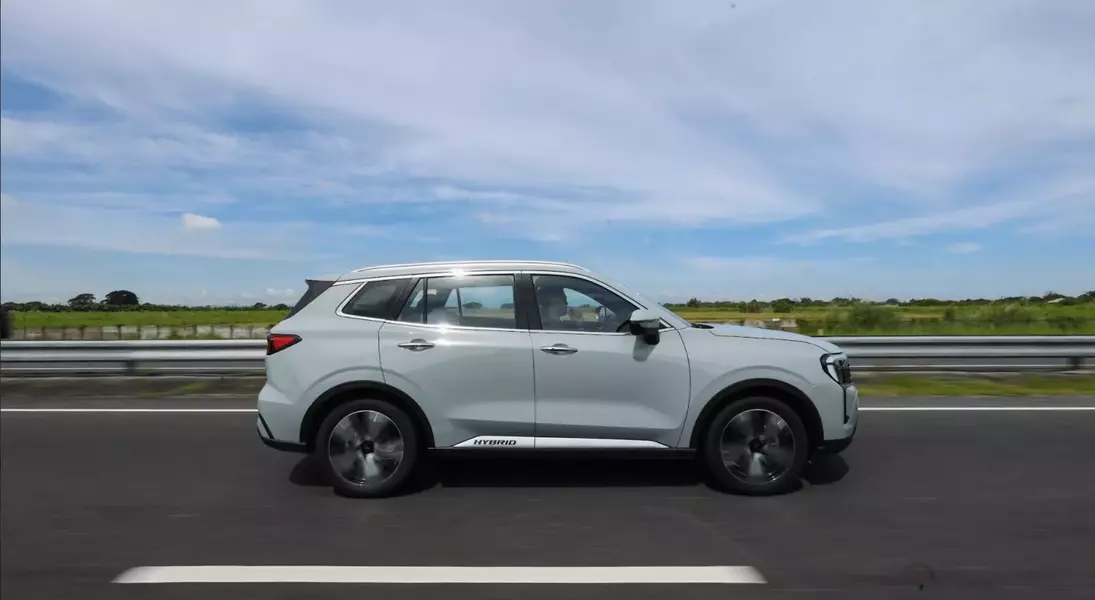
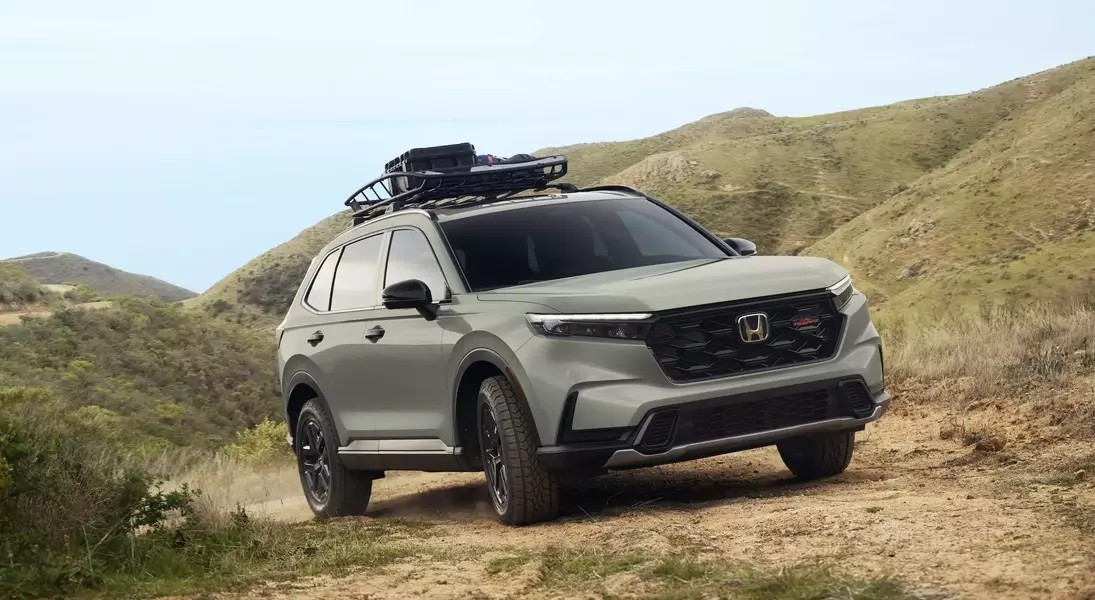
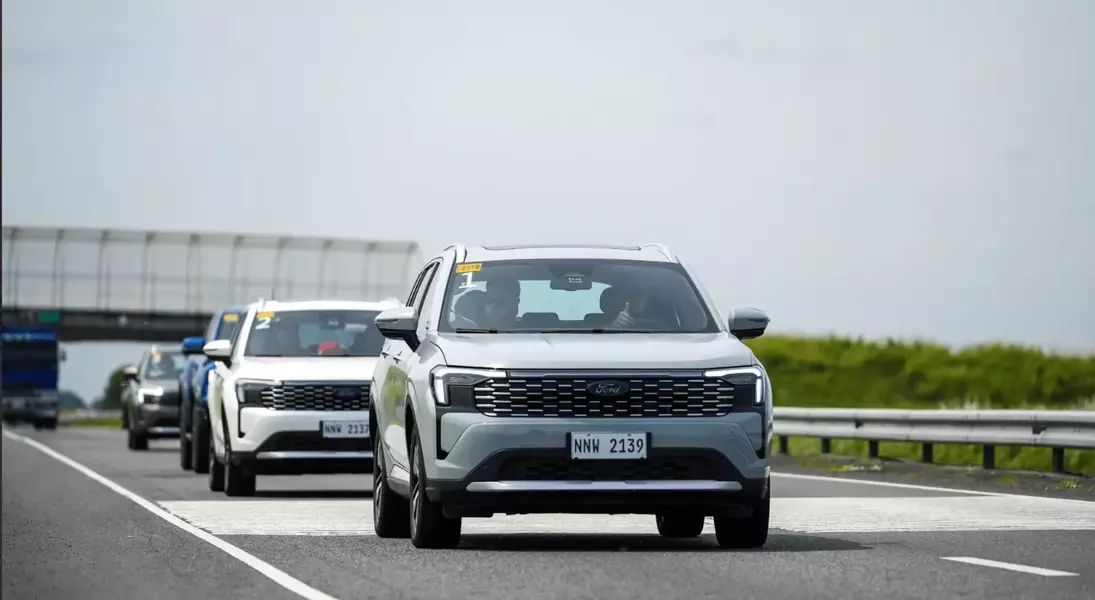


In the global automotive arena, a remarkable disparity exists for American consumers, particularly in the compact SUV segment. While the Honda CR-V maintains its status as a reliable and comfortable option in the United States, a Ford Territory Hybrid, exclusively available in the Chinese market, presents a compelling alternative. This foreign-market Ford, boasting competitive performance, abundant features, and a notably lower price, remains inaccessible to US buyers due to a confluence of regulatory, political, and certification obstacles.
The Unavailable Competitor: Ford Territory Hybrid vs. Honda CR-V
In a fascinating automotive contrast, the Ford Territory Hybrid, a vehicle primarily distributed in China, has emerged as a significant challenger to the Honda CR-V's dominance in the compact SUV category. On November 18, 2025, industry analysts highlighted that this overseas Ford model, despite its formidable attributes, is not available to the American public.
The Honda CR-V, a staple in American garages, offers consumers a choice between a 1.5-liter turbocharged gasoline engine and a 2.0-liter hybrid powertrain, the latter delivering approximately 204 horsepower. Known for its smooth operation, quiet ride, and commendable fuel efficiency, the CR-V aligns perfectly with the expectations of US buyers for daily commuting and long-term reliability. Its design prioritizes ergonomics, visibility, and overall user-friendliness, solidifying its position as a segment leader in practicality and comfort.
Conversely, the Ford Territory Hybrid is powered by a 1.5-liter Atkinson-cycle engine paired with an electric motor, generating an impressive 218 horsepower and 232 lb-ft of torque. This setup ensures robust acceleration in urban environments and achieves fuel economy figures in the mid-40s mpg equivalent, rivaling the CR-V's efficiency. Its spacious interior, characterized by a wider body and an extended wheelbase, provides ample legroom for rear passengers and a competitive cargo capacity. Despite its budget-friendly pricing in its target markets, the cabin materials and seat comfort exude a premium feel, positioning it closer to an entry-luxury SUV than a mere economy model. Technologically, the Territory Hybrid outshines many CR-V trims, featuring a large 12-inch infotainment screen, a digital driver display, wireless smartphone integration, a 360-degree camera system, lane-centering assist, adaptive cruise control with stop-and-go functionality, and acoustic front glass. Many of these high-end features are either optional at higher price points or entirely absent in the CR-V's US offerings.
The most striking difference lies in pricing. While a hybrid CR-V in the US typically ranges from the mid-$30,000s to over $40,000, the Ford Territory Hybrid starts at approximately $25,000 in its markets, with fully-equipped versions staying below $29,000. This substantial price discrepancy, even after accounting for shipping and local taxes, underscores the significant value proposition of the Territory Hybrid. However, stringent US crash standards, emission regulations, certification costs, and political complexities surrounding Chinese-built vehicles render its introduction to the American market highly improbable.
The contrast between the two vehicles highlights a missed opportunity for American consumers. The Ford Territory Hybrid, if introduced, could revolutionize the compact SUV segment with its blend of affordability, advanced features, and strong performance. Its absence underscores the evolving nature of the global automotive landscape and the diverse range of value-packed vehicles available to consumers in other regions.
